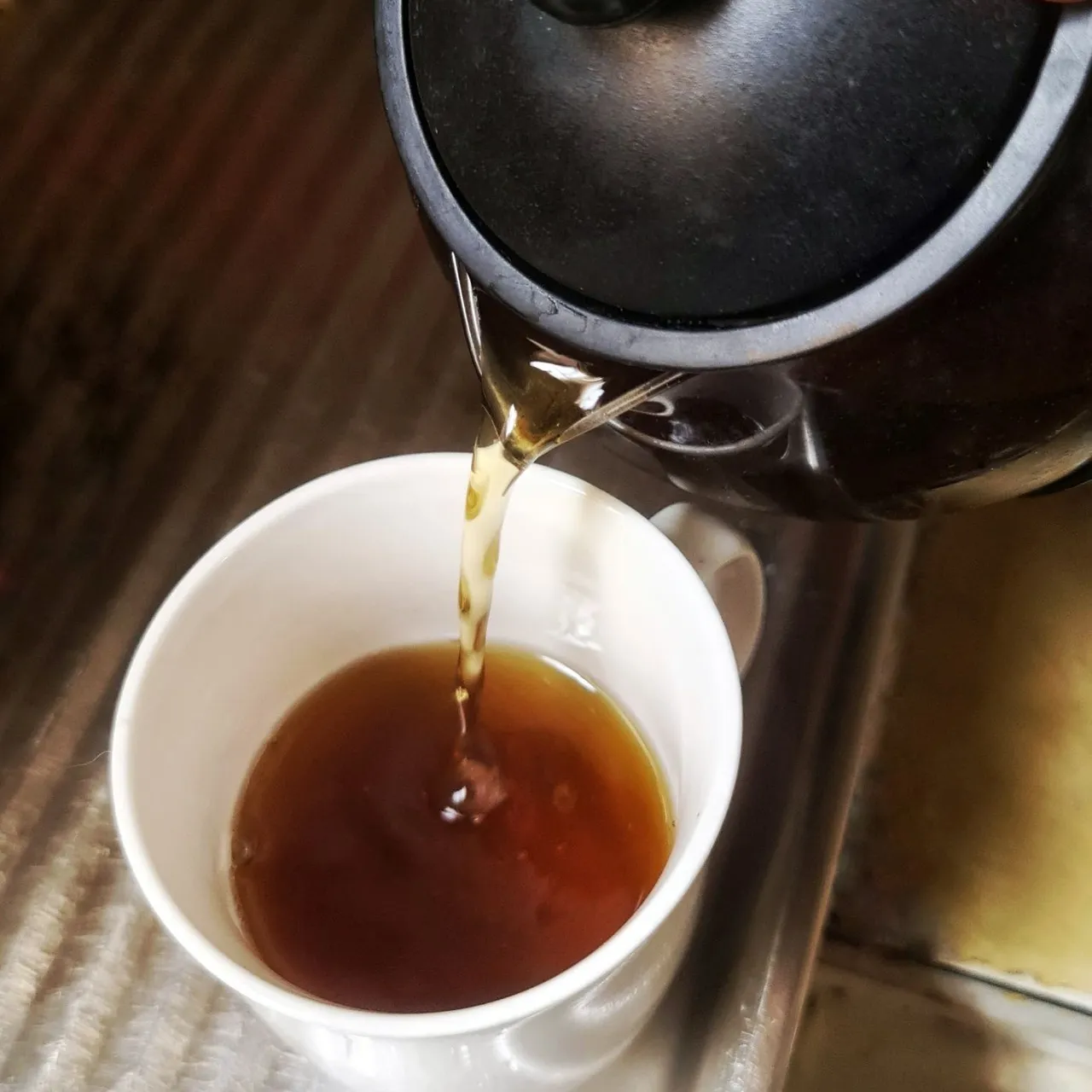
Of late, I've been so busy writing about individual herbs and how to prepare different types of remedies from them that I've neglected some recipes.
Reading the excellent, recent post from @calendulacraft reminded me of that classic formulation for many symptoms of colds and flu, especially when taken often at the early stages of the bug - Yarrow, Peppermint and Elder Flower.
Actually, I like to add a pinch of Sage too, for reasons I'll outline later.
How to make your tea
This brew is best made as a strong, hot tea, as you want to drink it while it is hot to benefit from the diaphoretic (sweat inducing) properties of the herbs. If you drink them cold, their diuretic (wee inducing) properties come to the fore and you'll be forever running to the toilet and won't benefit from a good sweat.
A mild fever and a good sweat are key signs that your body is working well and fighting your cold as it is meant to. Lack of either of these two things is not good, so the herbs we use for colds and flu help to promote herse two channels of healing.
You can make an infusion too, leaving the herbs to brew for an hour or so. If you forget and let it get cold, gentle warming before drinking is fine.
The beauty of this recipe is that it is so very flexible. It's a true folk remedy in that it doesn't need a lot of measuring. It's entirely up to you whether you use fresh or dried but at cold and flu time in Winter, the fresh herbs aren't at their strongest and properly dried herbs can actually have more potency than fresh. We can use the leaves and flowers of all of these herbs but most of the punch is in the leaves. Don't use Elder Leaves though, they have very different properties to the flowers. For quantities, just use an approximately equal ratio of the main ones and a smaller amount of the Sage. Make your brew strong but not unpalatable - it's not a bad brew by itself but a little honey can go in as well.
Whichever way you go, keep your vessel covered so that you keep as much of the volatile oils in as possible and don't lose them with the steam.
Yarrow
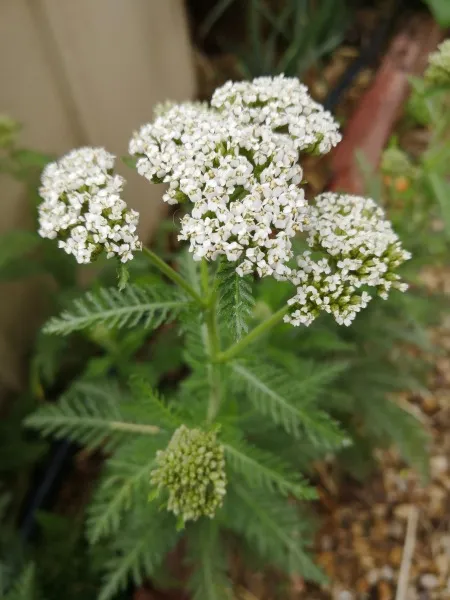
Yarrow is well known for its ability to move blood and heal wounds. It is even called the 'Mother of Blood' sometimes. A good blood flow is key to fighting invaders in the body and removing the waste products from that fight.
As with the other herbs in this recipe, Yarrow is a diaphoretic, making you sweat. It has antimicrobial properties and is a pain reliever too, for those sore throats that may come along.
Peppermint
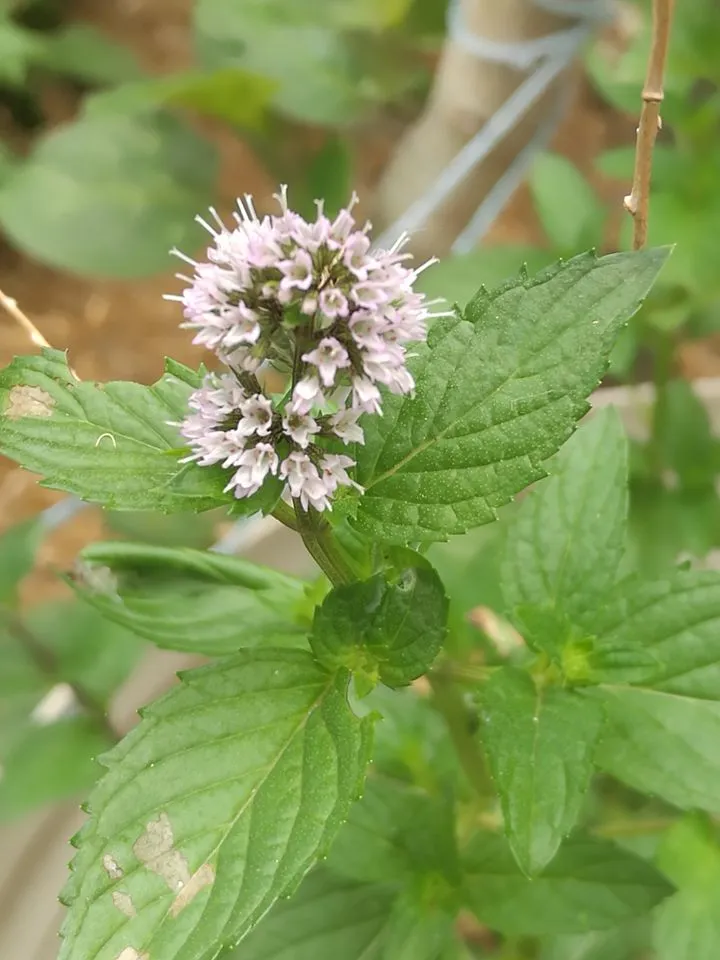
In this tea, Peppermint harmonises the actions of the other herbs. It's sweet taste eases The flow of energy and makes the whole brew more palatable. It has a capacity for lifting spirits which are definitely dampened when we have a cold.
Adding Peppermint to the mix, brings another boost. Peppermint contains Menthol (it was the original source) which helps clear the upper respiratory tract and also relieve any coughing that may be affecting you.
It is supportive of the liver and most of the other channels of waste removal that our body uses.
Elder Flower
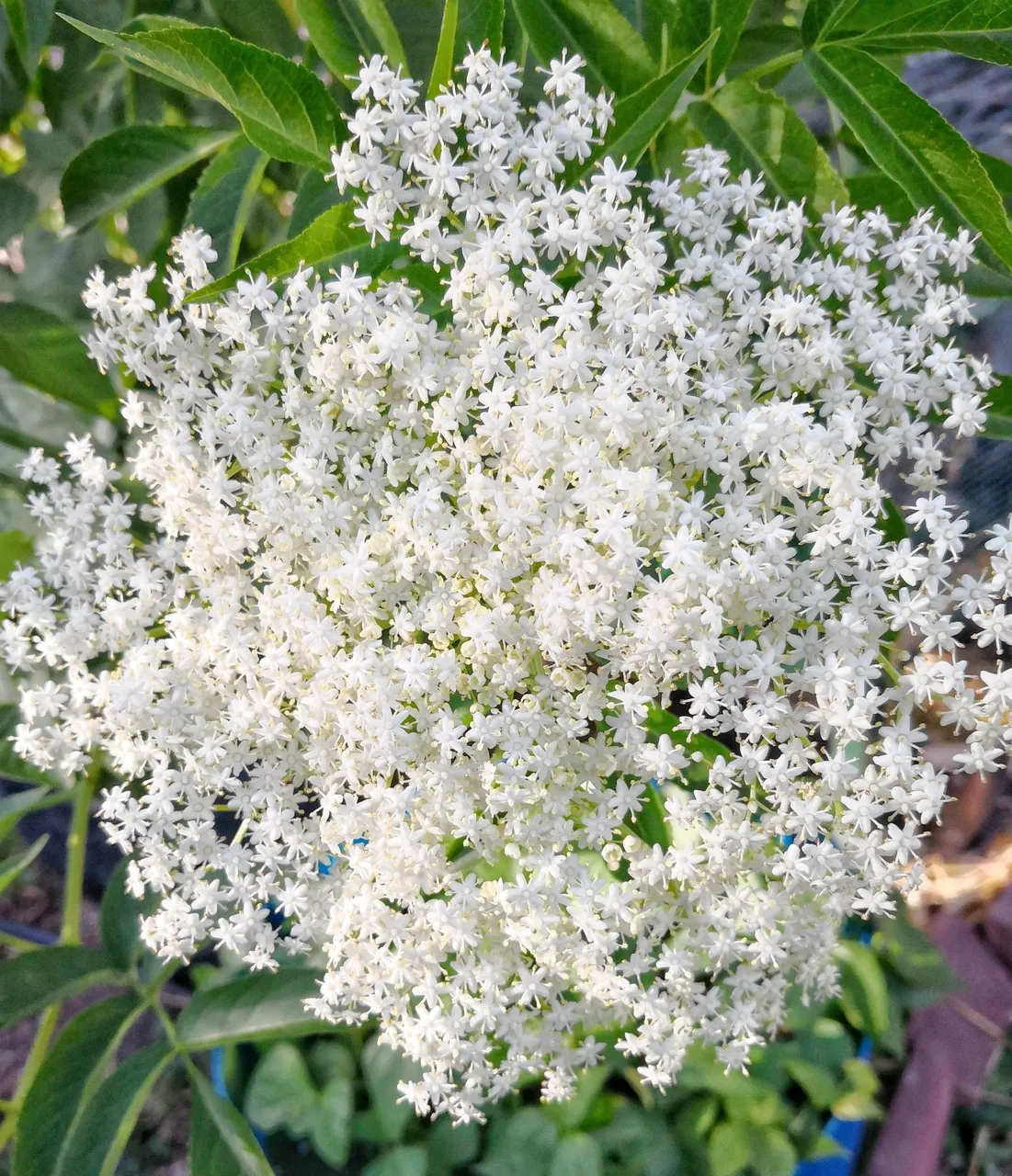
Elder Flower and Elderberries are used differently in herbalism. While the flowers are used for more immediate results, I find that the berries have a more supportive, preventative role.
Elder Flowers shift heat to the periphery of the body, opening the pores in the skin and helping the heat be released through sweating. It is best used in the early stages of a cold, before congestion has started to build. They contain a natural refrigerant that helps cool an excessive fever.
Sage
I like to tweak the recipe with a little Sage. The reasons being, first, that Sage shares the antimicrobial and diaphoretic properties if the others and second, because Sage helps balance fluids in the body.
The combination of other herbs listed can be a little drying to the system and I find that they sometimes dry my nasal mucus membranes a little too much. So either a pinch of Sage to balance things out or a pinch of Licorice or Mallow to add a touch of their moistening character to the brew makes things a little less drying.
Sage also helps the liver by supporting its role if metabolising and removing the wastes that build up when our body is fighting an infection.
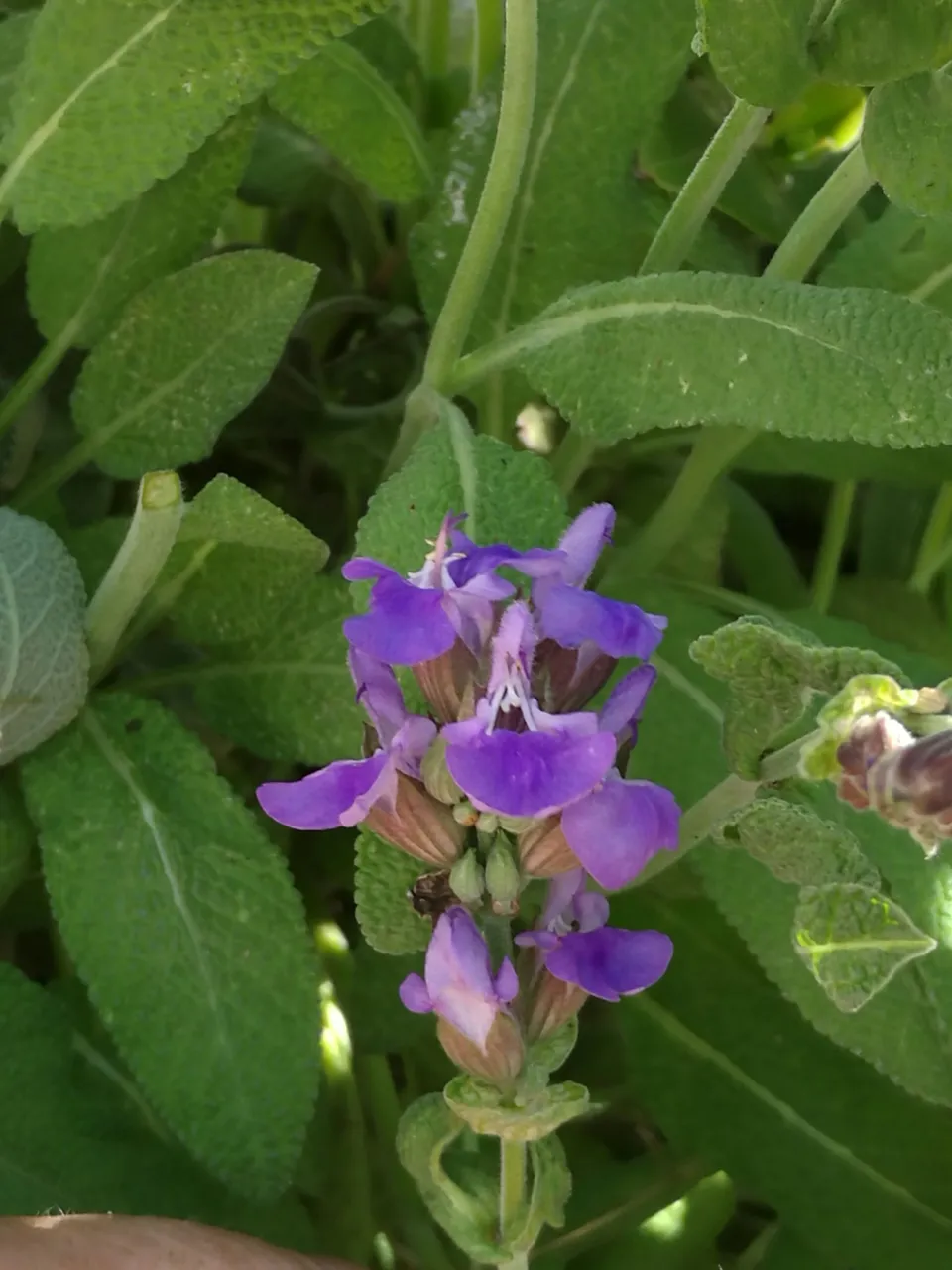
Some of you may have seen that I've been writing a series of posts about herbs and making herbal remedies at home. I want to share what I know of this topic so that, as the world gets crazier, folks will have other avenues of medical care, namely those of themselves and their community. If you look back over this blog, you can see heaps of info on the topic, plus loads and loads of posts on herbs and using Australian bushfoods from a white perspective. If you haven't been around on in the @hivegarden and @naturalmedicine communities for long, you may be interested in looking back. There's w-a-a-a-a-y too much there for me to repost and the Hive system doesn't let you vote on old posts so, if you're happy with what you find, I believe that there is now a tip option...




